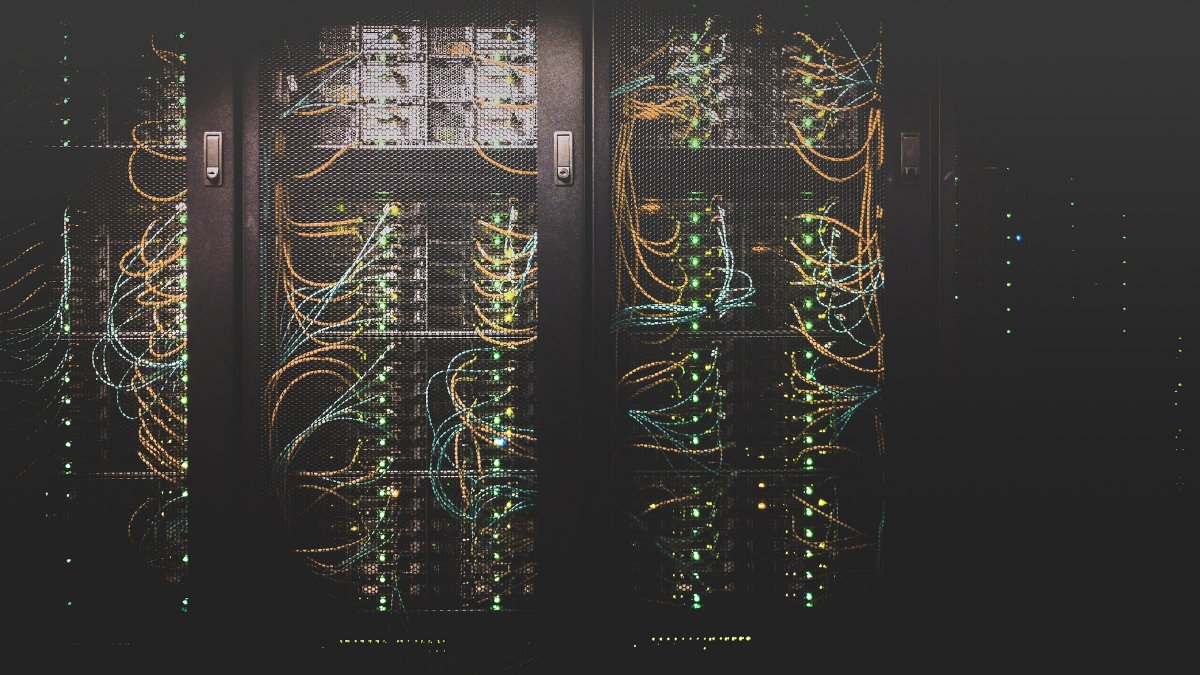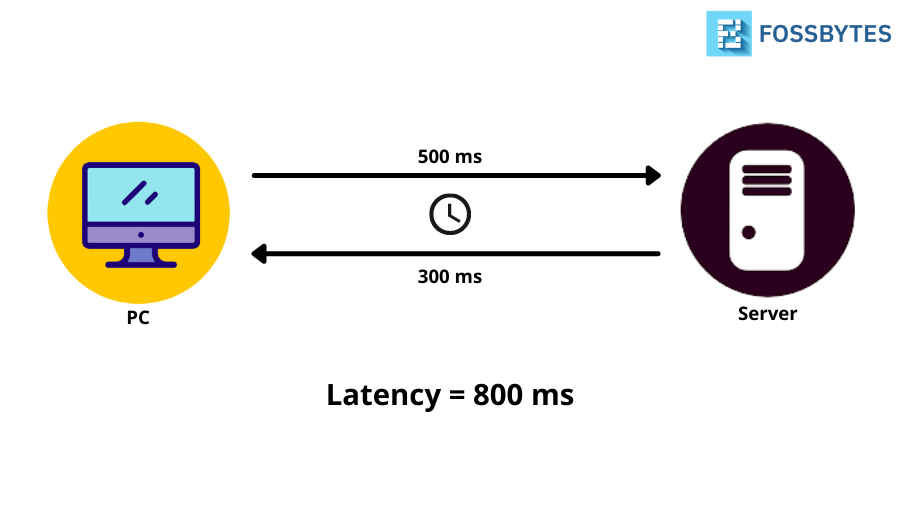What Is Latency? Everything You Need To Know About It

In recent years, the number of gamers has increased; with the Covid19 pandemic pushing many to stay indoors, many have explored gaming. Moreover, even multiplayer gaming has picked up a lot in recent years. While there are many important factors for newbie gamers to consider, in this article, we’ll talk about ‘Latency’ and how it affects multiplayer gaming.
Latency, or “lag,” generally called, is every gamer’s nightmare, impacting performance. Talking about games, MOBA and MMORPG, and multiplayer games are the most affected. However, the term is not just a constraint to gaming, but in web applications, internet connection, and many things running with an internet connection, web conferences to quote one.
What does Latency mean?

Well, if we were to give you a definition of latency, it would go something like – “The delay between the user’s action time and the web program’s response to that action. In networking terms, latency is the total round trip time taken for a data pack to travel from the browser to the server.”
It is desirable for this number to remain as close to zero as possible, but it doesn’t always work like this. Now that you know what latency is, let’s get straight to the factors affecting network latency times.
- Mediums of Transmission: The medium through which data packets travel also affects latency. For example, copper wires transmit data a lot slower than optic fiber cables, therefore having a higher latency than optic fiber cables.
- Routers: These devices tend to increase latency; taking time to analyze information in packets, sometimes even adding bits of information to those data packets, further increasing the latency.
- Propogation: The amount of time a data packet takes to travel from one source to another. Now, the farther the two sources, the more time it takes for the data to travel and thus more latency. Theoretically, a data packet takes 133ms to take a round trip across the globe; however, in actuality, these data packets take more time to travel between sources.
- Storage delays: Another factor which results in increased latency is when network storage may take time to read, process and return information.
So there you have it, the measure of network delay explained and the factors that contribute to the delay. If you have any questions about the same, feel free to use the comments.
If you like this simple explainer, check out our Short Bytes section. We take complex tech topics and break them into short, easy-to-understand articles.






